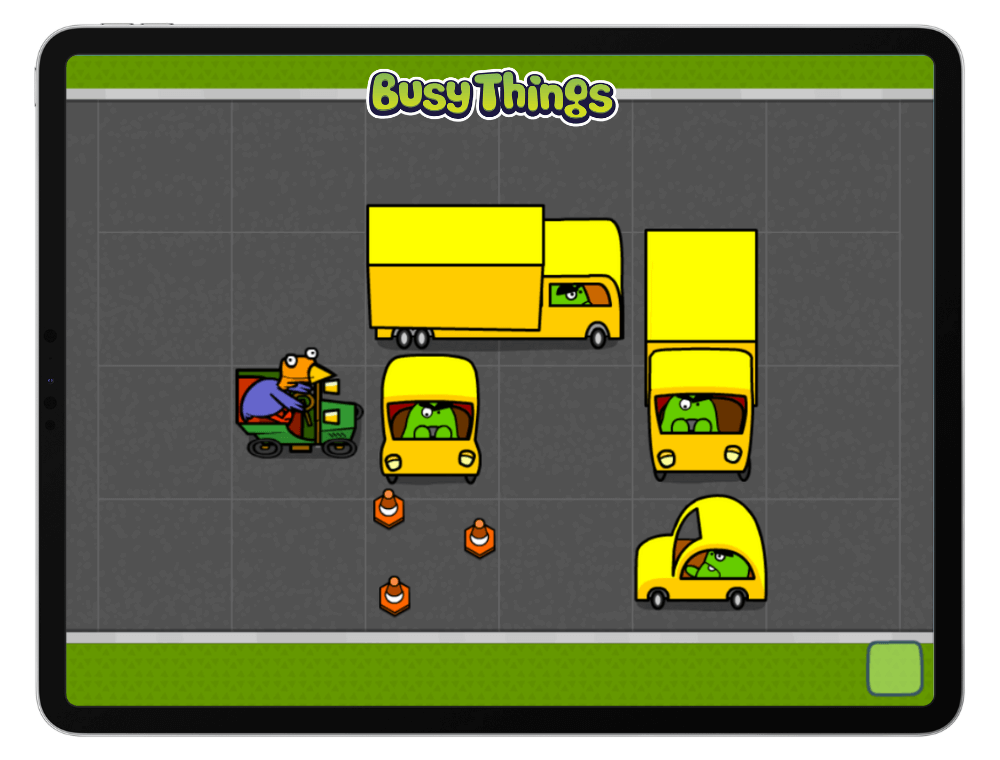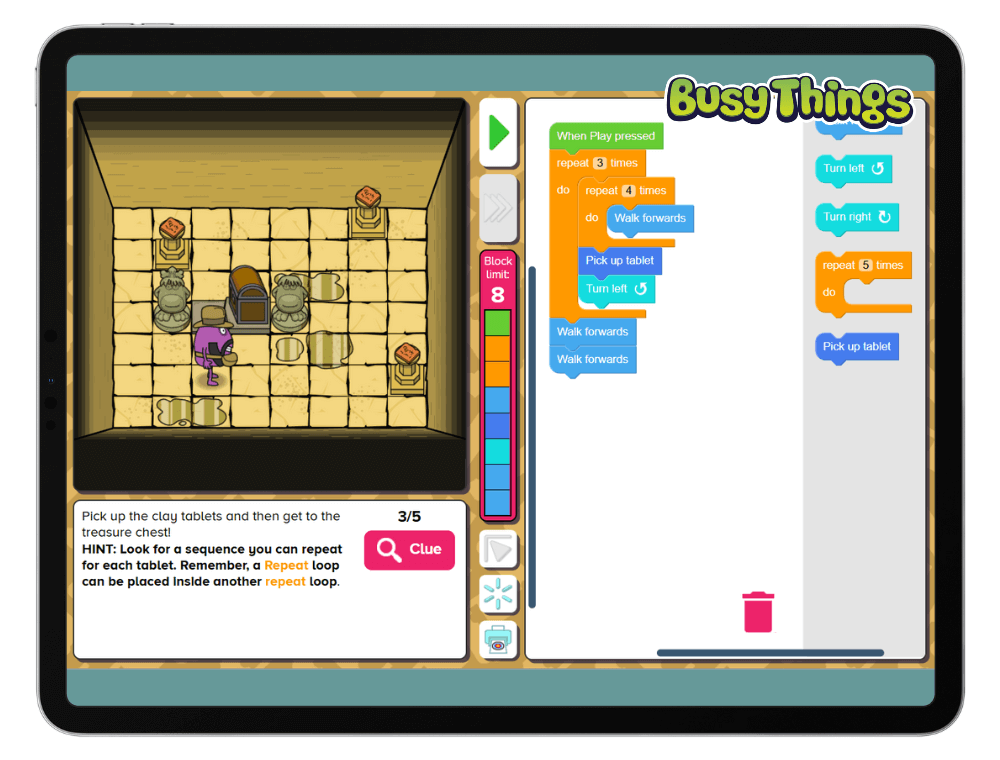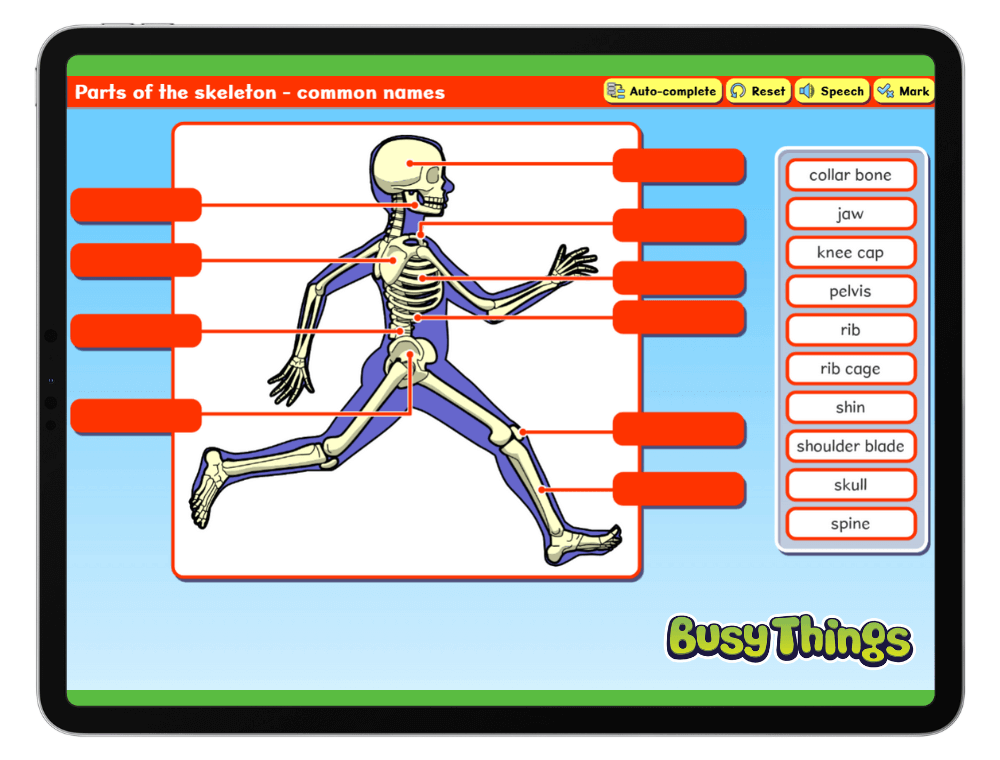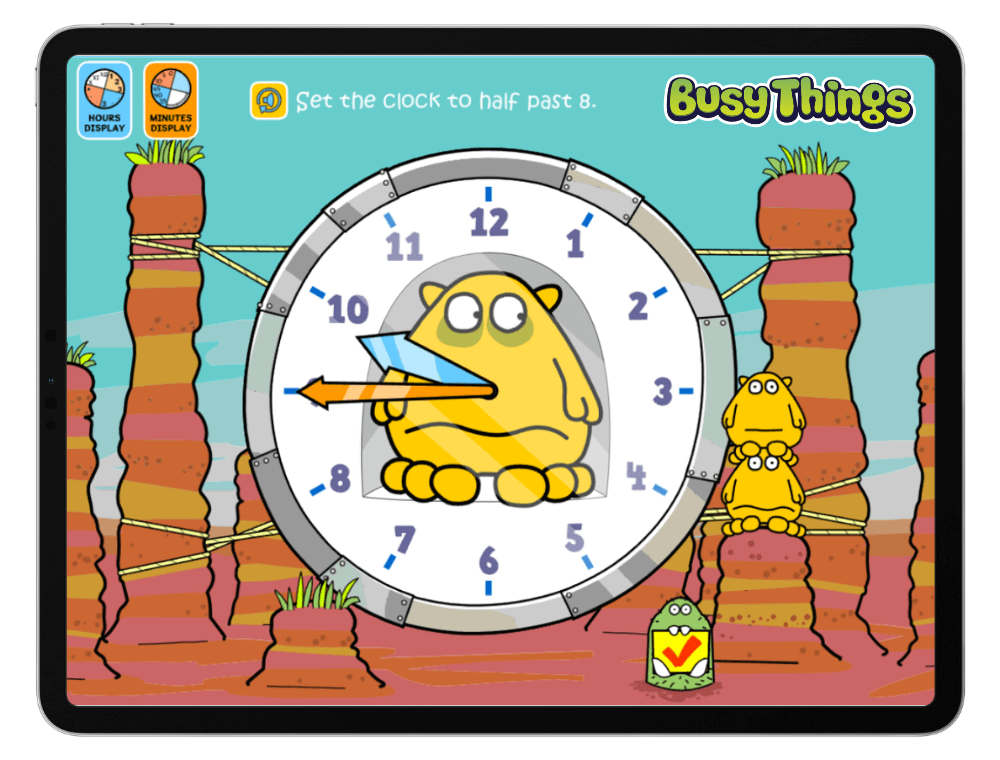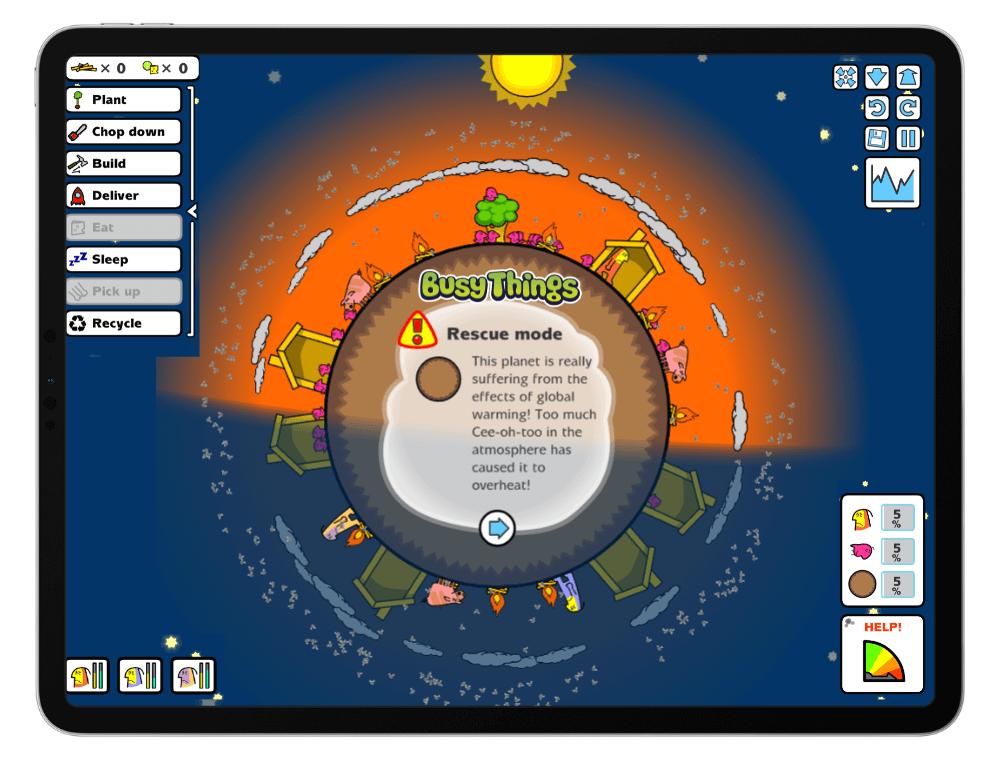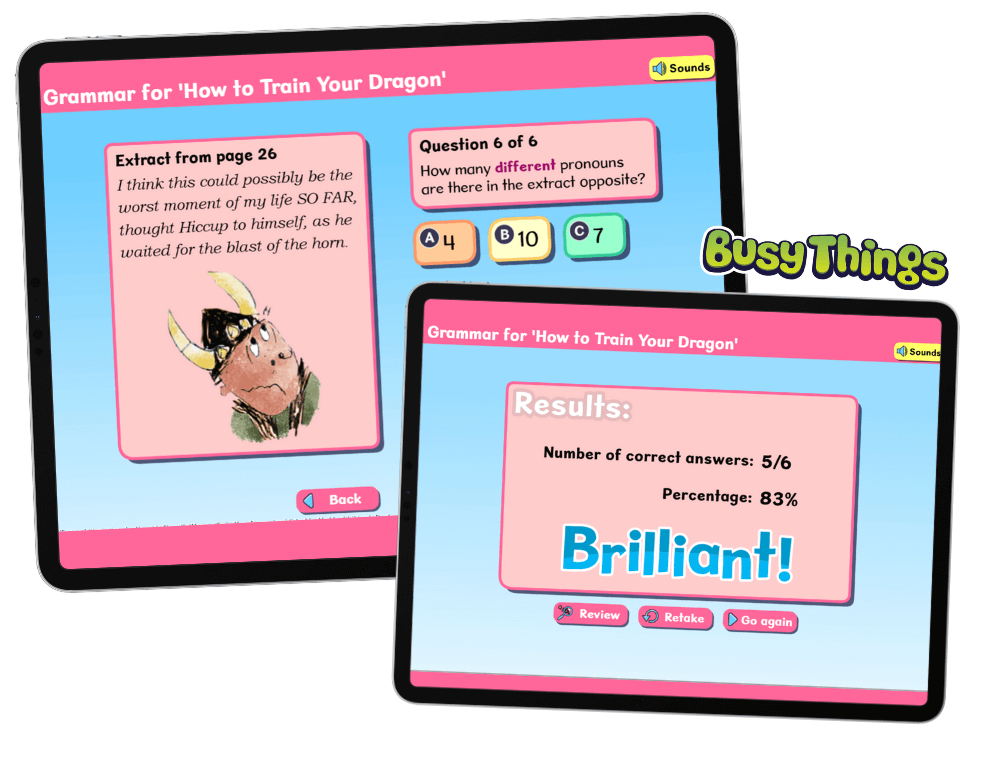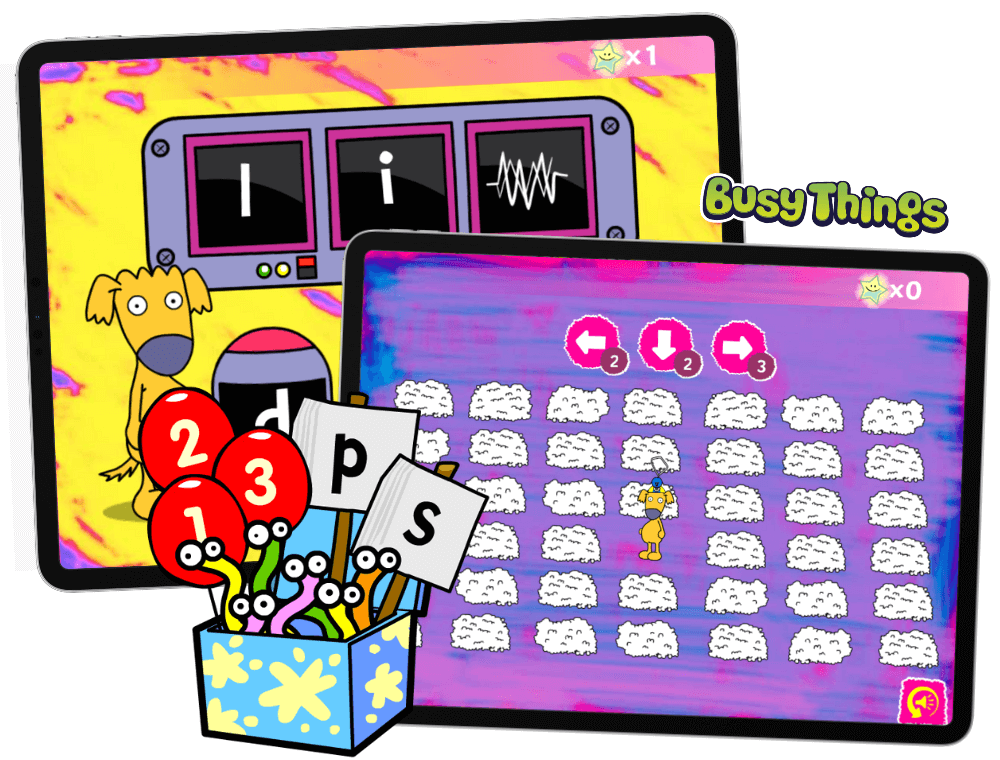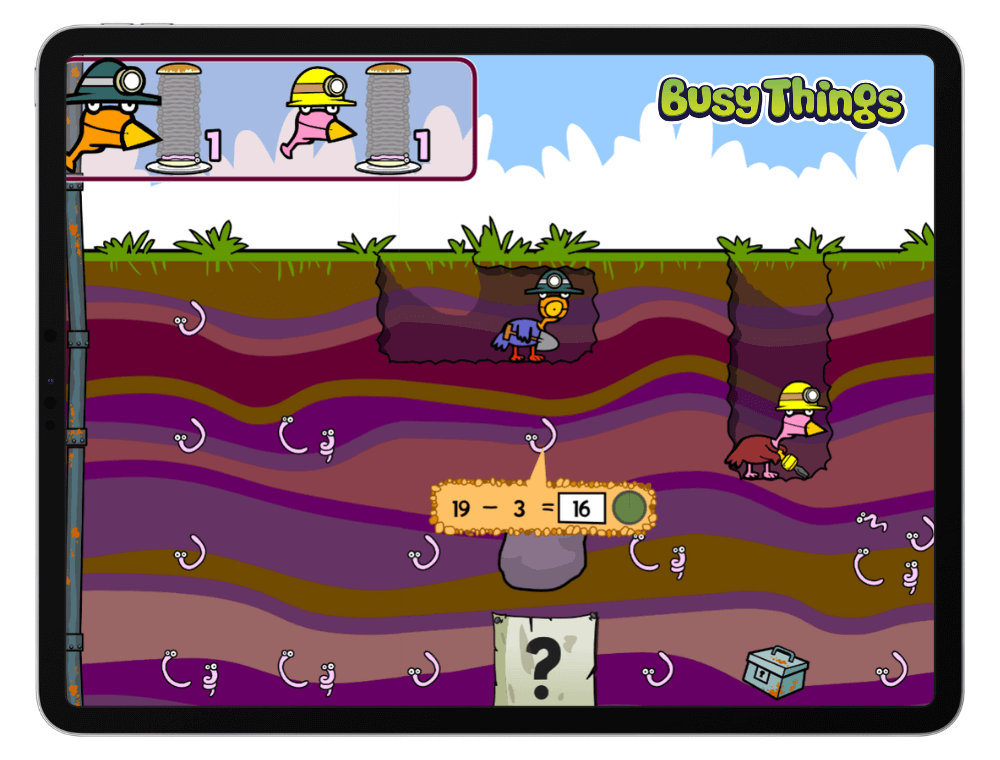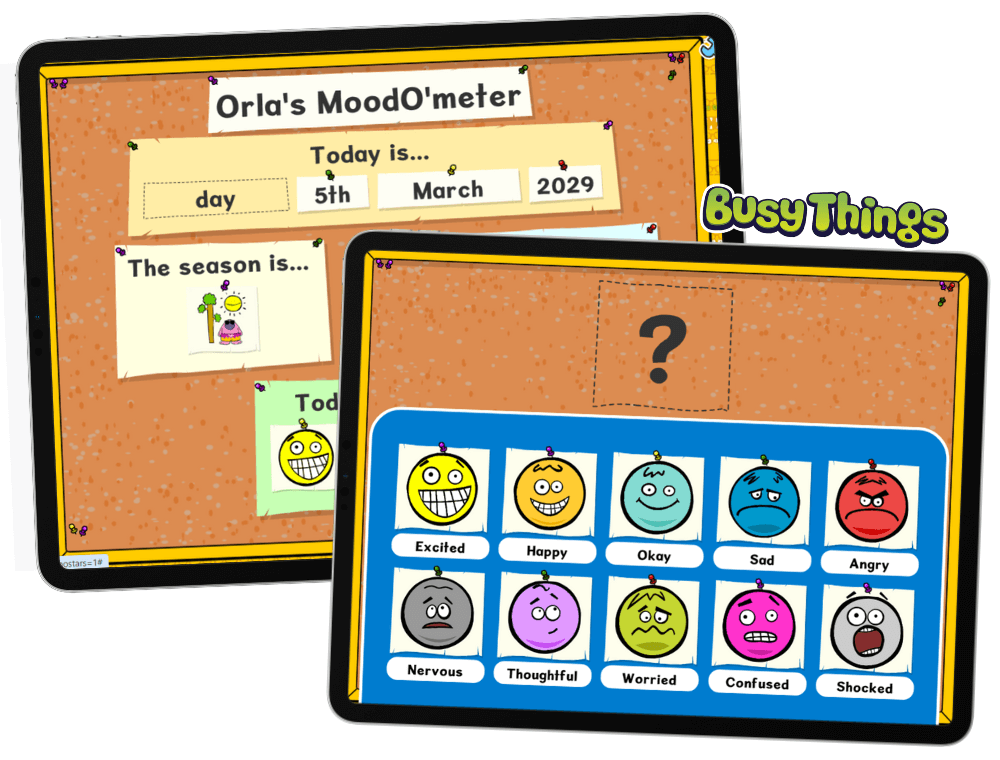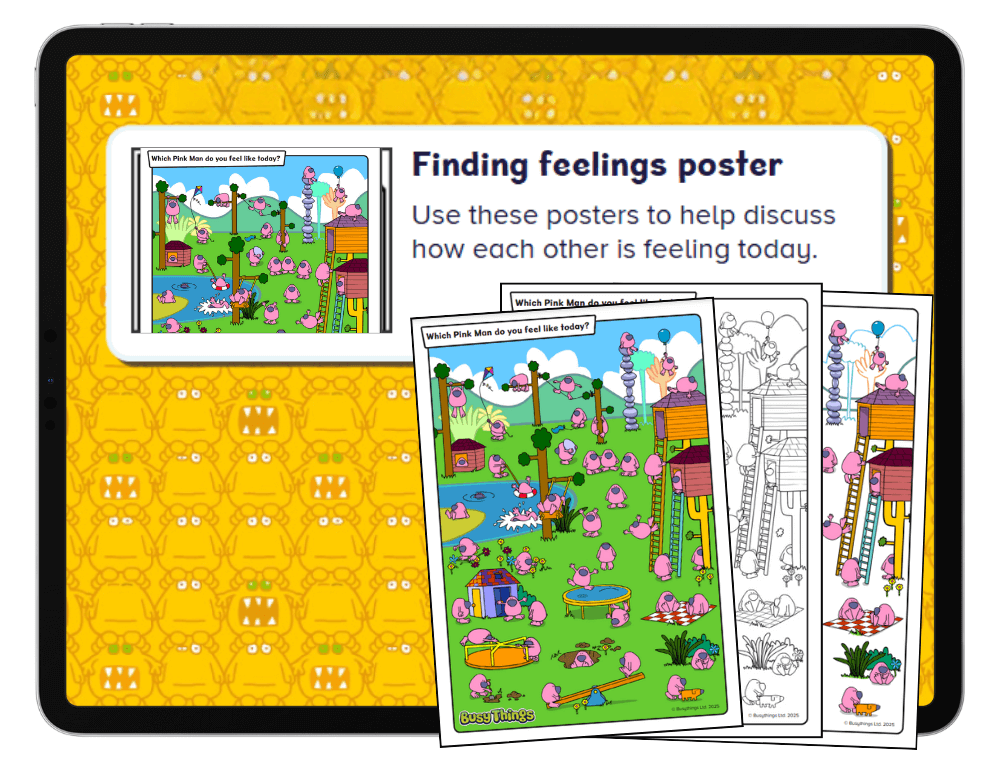Building Resilience in Children: A Parent’s Guide (Incl. Free Printables)
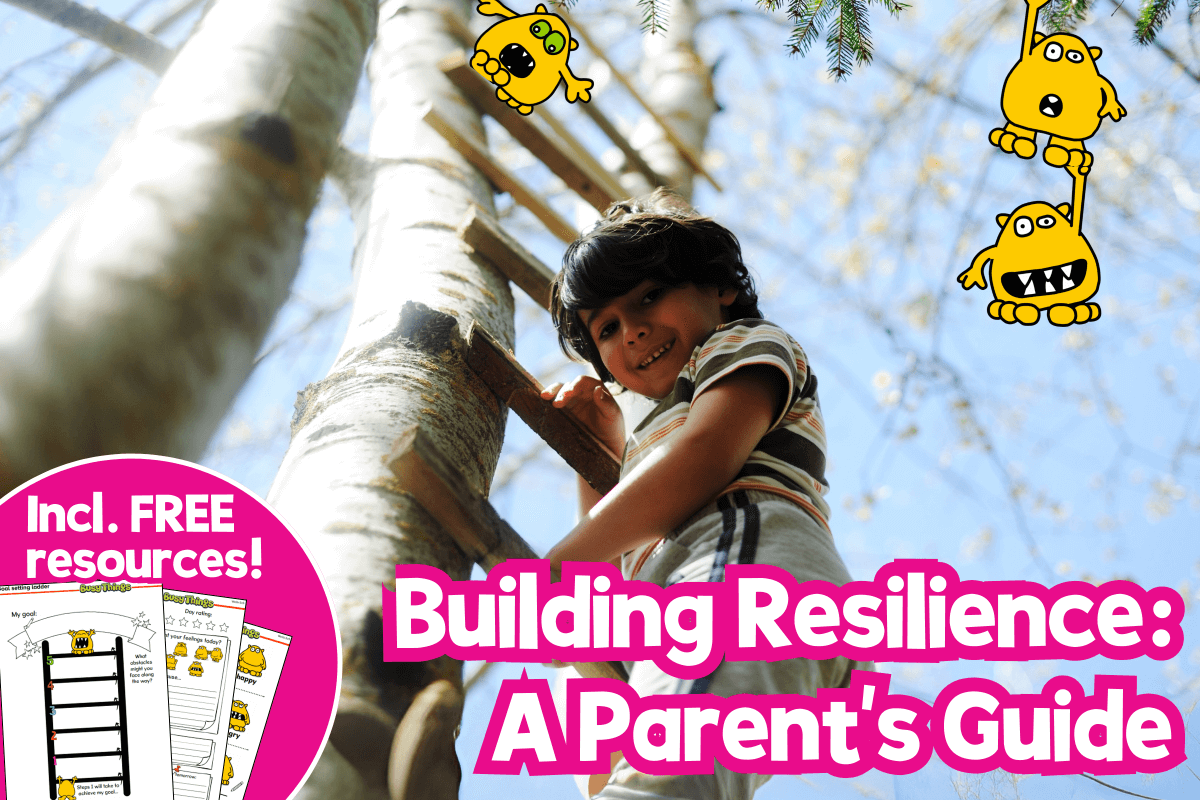
Life’s full of challenges! Building resilience in children is key to helping them to navigate these challenges with confidence.
We can’t protect children from every disappointment, frustration, or tricky situation – but we can give them the tools to handle life’s ups and downs. Resilience isn’t about avoiding difficulties; it’s about learning to manage them, bounce back, and grow stronger!
Whether it’s dealing with a playground disagreement, struggling with a tough homework question, or learning a new skill, resilience helps children keep going and find solutions.
In this guide, we’ll explore how to build resilience in children with simple strategies, practical ideas (and free resources!). Help them to build confidence, problem-solve, and develop the perseverance to tackle life’s challenges.
The theme for Children’s Mental Health Week 2025 was “Know Yourself, Grow Yourself,” here are some fun, engaging ways to support your child’s resilience every day.
- Encourage Problem-Solving
- Help Children Persevere & Keep Trying
- Embrace Mistakes! It’s part of learning.
- Celebrate Small Wins for Confidence Building
- Help Children Understand & Manage Emotions
- Free Resilience-Boosting Downloads
1. Encourage Problem-Solving
One of the best ways to help children build resilience is by encouraging problem-solving skills.
When children get stuck, it’s tempting to jump in and fix things for them – but learning to think through challenges builds confidence and independence. Instead of giving them the answer, try asking open-ended questions like, “What do you think you could try?” or “What else might work?”
Fun ways to boost problem-solving skills:
Teaching problem-solving skills to children doesn’t have to be complicated – everyday play and challenges are packed with opportunities!
- Fix-It Workshop: Gather broken crayons, old toys, or torn books and challenge your child to ‘repair’ them. Can they tape it, glue it, or repurpose it into something new? They’ll get hands-on problem-solving practice and a sense of accomplishment. You might be amazed at their inventive solutions too!
- Outdoor Obstacle Course: Create a garden obstacle course and let them figure out the best way to navigate it – jump, crawl, climb, or balance their way to the finish line! How could they do it faster? Can they create an obstacle course?
- Escape Room Challenge: Set up a simple escape room at home with puzzles they must solve to ‘escape’- use riddles, hidden keys, or logic challenges to test their problem-solving skills. Check out our Halloween escape room blog for inspiration.
- Board Game Strategy: Play a new game together and let them figure out the rules or come up with a winning strategy.
Problem-solving fun on Busy Things:
Busy Things is packed with fun learning games across the curriculum that encourage children to think creatively and solve problems through play – there’s plenty to spark their resilience! Here ‘s just a couple of examples:
Block-a-Doodle-Doo – Help the chicken clear the road by moving cars, trucks, and buses in the right order. Later levels add a sneaky chicken-eating monster to avoid, for an extra challenge!
Coding Challenges – Teach Beard Man to dance and navigate Indiana Jones style adventures in our fun, interactive coding tutorials and programming challenges. Spot and fix mistakes to make your code work!
2. Help Children Persevere & Keep Trying
Resilience isn’t just about solving problems – it’s about sticking with them when things get tricky! Help children see challenges as opportunities to grow rather than obstacles and reasons to give up.
Ideas for helping children develop perseverance:
- Praise effort, not just success. Instead of “Wow, you’re so good at this!” try “I love how you kept trying until you got it!”
- The 10-Minute Rule: Not sure how to help children handle frustration? Try the ’10-Minute Rule’—a quick break can reset their mindset and help them push through!
- Be a perseverance role model. If you’re facing a challenge – a tricky work problem, something broken in the house, or even a stubborn jar lid – talk about it. Show your child that finding things tricky is normal, talk about what solutions you’re trying and demonstrate not giving up! Show them that perseverance pays off.
- Goal-Setting Challenge: Our free Goal-Setting Ladder PDF (download below) is a great tool for building resilience in children – helping them to break a big challenge into small, achievable steps. Celebrate each step they complete to show how perseverance leads to progress!
Practising perseverance on Busy Things:
Interactive Worksheets – Busy Things includes 100s of interactive worksheets across many different subjects. Instant feedback lets children retry and see their progress.
Crunch Time – Learning through play is a great way to help children stick with learning tricky topics, like learning to tell the time!
3. Embrace Mistakes! It’s part of learning.
It’s easy for children to become fixated on getting things “right” and become afraid to make mistakes – but mistakes are a good thing, it’s how we learn! Showing them that getting things wrong isn’t failing; it’s just part of learning is great way of building resilience in children.
How to embrace mistakes? Here’s a few ideas…
These simple growth mindset activities for children can help turn ‘I can’t do it’ into ‘I can’t do it… yet!
- The “What Went Wrong?” Game: Each day – at dinner or bedtime – make it normal to share stories of what didn’t go as planned that day and what was learned from it. Show children that you get things wrong too – and that’s a good thing because it means you’re learning!
- Mistake of the Day: Instead of asking, “What did you do at school?” try, “What mistake did you make today? What did you learn from it?”
- Creative “Oops!” Art: Got a splodge of paint or a wobbly drawing? Turn it into something new! Help children to see mistakes as opportunities.
- Turn Mistakes into Milestones: Flip a progress chart on its head—track what went wrong and what was learned from it! Whether it’s learning to make an omelette (oops, eggshells in the mix—next time, crack into a separate jug!) or tying shoelaces (too loose—try pulling tighter), mistakes become stepping stones to success.
- Tell them about the greatest mistakes in history! Did you know some of the greatest discoveries came from mistakes? Without them we wouldn’t have penicillin or matches, we wouldn’t have X-rays, microwaves or safety glass, we wouldn’t have crisps! Do some research together and prove how great making mistakes is, it could lead to a great discovery!
Learning from mistakes on Busy Things:
Busy Things’ activities provide plenty of chances to experiment, try again and improve, for instance…
Tree World – Can you create a balanced ecosystem where Beeples, flora, and fauna thrive? Experiment, adapt, make mistakes and improve your strategy!
Quizzes – Get instant feedback and try again for a better score!
4. Celebrate Small Wins for Confidence Building
Resilience thrives when children feel confident in their abilities. Celebrate their efforts and successes, no matter how small, to help them see how far they’ve come. Focus on praising their process rather than just the outcome.
Some confidence building ideas to try at home:
- Create a “Celebration Wall” where your child can display drawings, certificates, or notes about achievements and efforts like entering a competition, trying a new class or skill or learning to tie their shoelaces. This visual reminder of progress will help boost their self-esteem.
- Make a “Proud Jar” – Write down small victories on slips of paper and read them together when motivation is needed.
- Track Progress with a Chart – Whether it’s reading books, mastering a new skill or completing puzzles, seeing progress boosts confidence!
- Help Set & Achieve Goals – Breaking big goals into small steps helps children stay motivated. Our free Goal-Setting Ladder PDF encourages children to plan their steps and celebrate achievements along the way. Download it below…
Building confidence in Busy Things:
Busy Box – children can earn stars in these rapid mini game challenges. A fantastic way to practise numeracy and literacy skills.
Miner Birds Mental Maths – Children can play against the computer or a friend. Collect worms by answering maths questions, with a few surprises on the way! First to 20 worms wins!
5. Help Children Understand & Manage Emotions
Building resilience in children starts with recognising and managing emotions. Help your child identify what they’re feeling and why – to encourage self-awareness and help them develop their emotional intelligence.
If your child feels nervous about a school presentation, for instance, help them name their emotion and talk through strategies, like practising in front of you or taking deep breaths to stay calm.
Ideas to encourage children to express their emotions:
- Feelings Poster – If you’re wondering how to help children manage emotions, try using our free Feelings Poster to open up conversations about different moods, help children identify what they are feeling and talk about emotions.
- Use Books & Stories – Read about characters facing challenges and discuss their emotions.
- Journaling – Encourage self-reflection using our free journaling template, download it below.
- Talk About Worries – Normalise sharing feelings and brainstorming solutions together.
- Encourage mindfulness – Mindfulness helps children stay calm, focus, and build emotional resilience. From mindful colouring to deep breathing exercises, check out our blog Mindful Activities for Kids Incl. FREE Mindful Colouring for simple ways to add mindfulness into everyday life.
Encouraging self awareness on Busy Things:
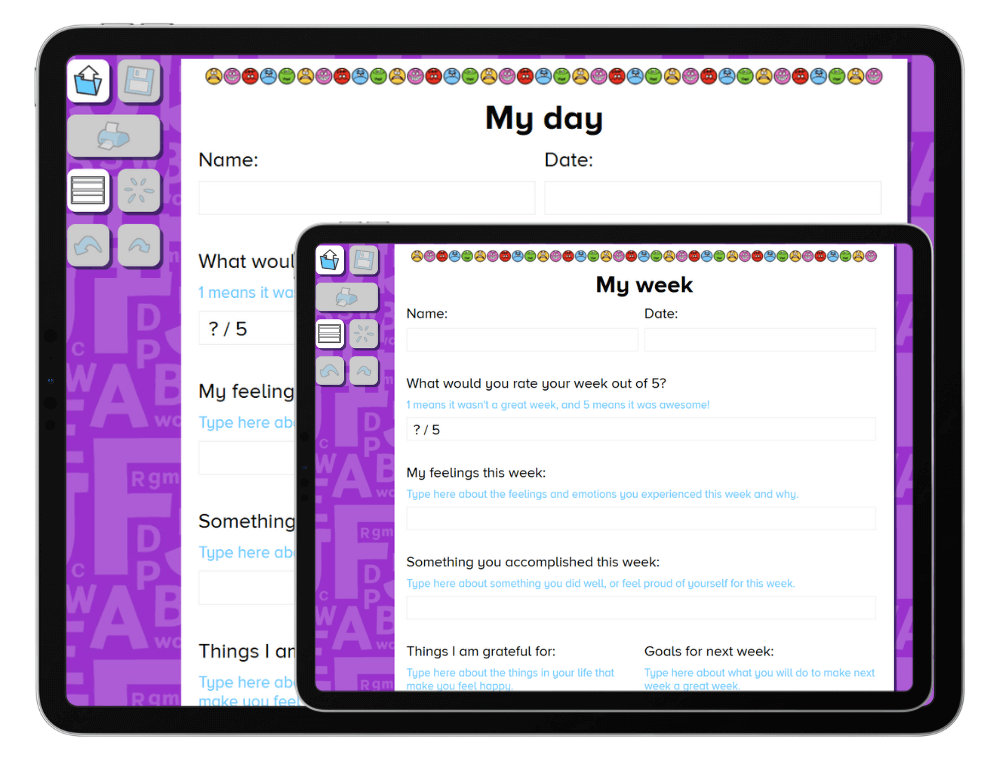
Journaling templates – a great way for children to reflect on their emotions and process their thoughts. Encourage them to jot down their feelings and explore what’s on their mind.
Daily check-in – a tool you can use to spark a conversation (and a sneaky bit of learning around weather and date conventions too!), add it to a daily routine to check in and see what emotions they’re feeling.
How are you feeling today? – Children can pick a character that matches how they feel and use it as a starting point for discussion. Not a Busy Things subscriber? You can download it free in our blog: How to Help Children Express Emotions Through Creativity incl. FREE Feelings Poster!
6. FREE Goal setting ladder and journaling template.
To support your child’s resilience-building journey, we’ve created a free parent resource. The Resilience Building Pack includes tools for helping children build resilience in a fun and engaging way….
- Goal-Setting Ladder: Help your child break down challenges into smaller, manageable steps and celebrate each achievement.
- Journaling Template: Encourage your child to reflect on their emotions, recognise their progress, and build self-awareness.
- Mood Meter: Help your child gauge how they are feeling and why.
You might also like:
Feelings Poster – A fun way to explore emotions through art!
FREE Mindful Colouring Pages – Perfect for encouraging focus and relaxation.
Download them all today and build your own wellbeing toolkit!
Building resilience in children equips them for life’ ups and downs…
Resilience isn’t something children just have – it’s something they build with practice.
Life is going to throw curveballs! By encouraging a little problem-solving, perseverance, and self-awareness you can give your children the tools to handle them with confidence. So, download your free resources and start building resilience today!
